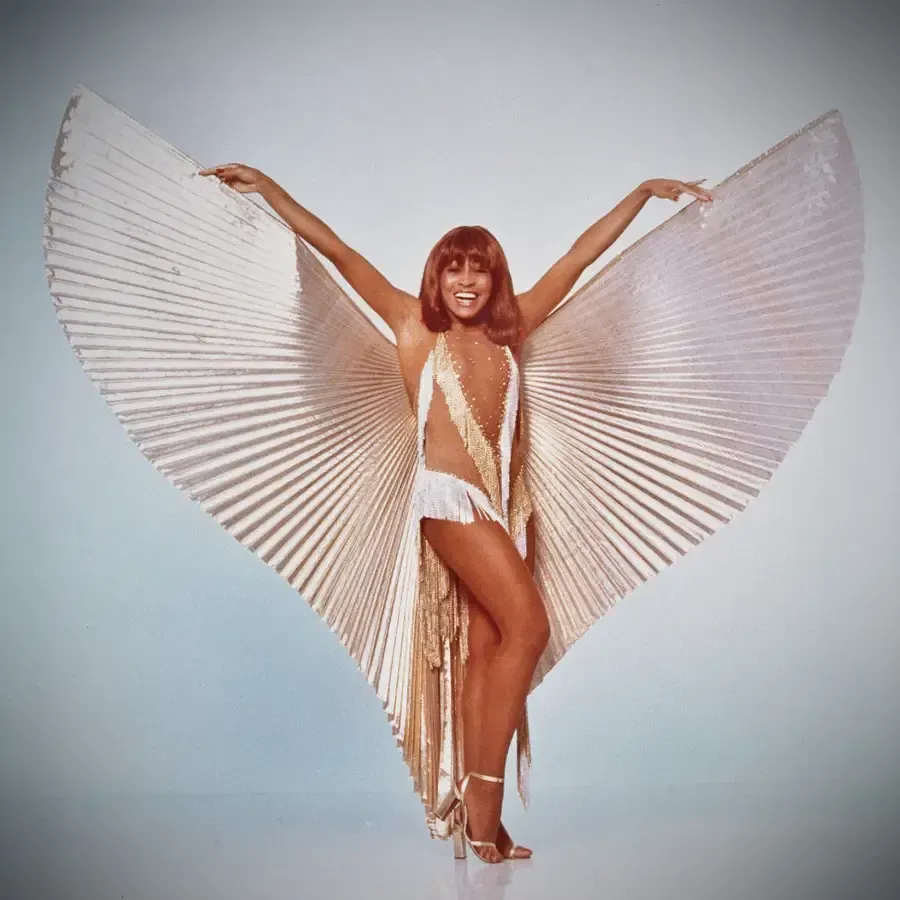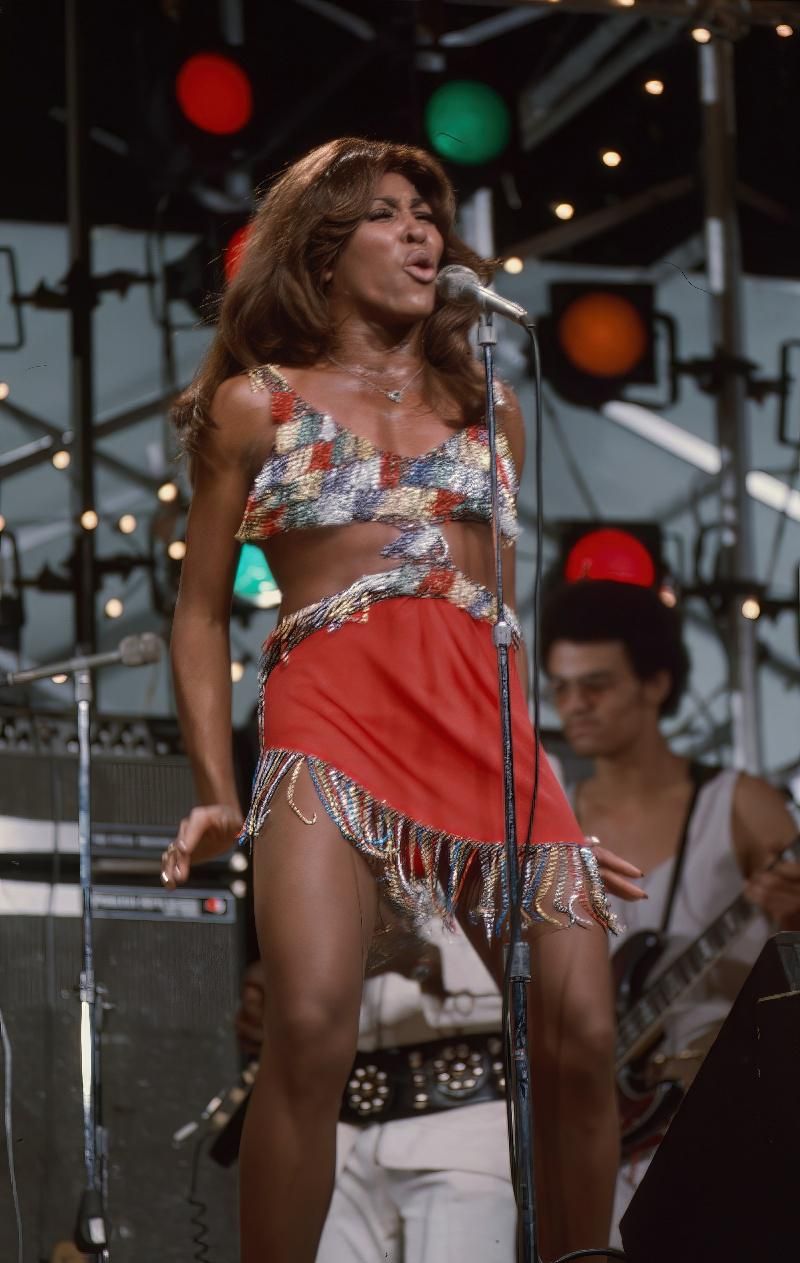Why Tina Turner is a Gay Icon
Why Gay Men LOVE Tina Turner
Could it be the thunderous voice belting out "Proud Mary" that made Tina Turner a gay icon? Is it her unapologetic defiance of societal norms, mirrored in the LGBTQ+ community's fight for acceptance, that cements her status?
Or perhaps it's her awe-inspiring triumph over adversity that resonates deeply with those who've faced their own battles? We're going to take a look at what explains her iconic status through the lens of various academic theories.
Susan Sontag's Camp Aesthetics Theory suggests that a celebration of exaggerated, theatrical elements could be at play. When you envision Turner's high energy performances, her dramatic stage presence, and her flamboyant style, can you see why this theory might apply? Turner's powerful rendition of "Proud Mary" at the "Rolling on the River" concert in 1971 has all the makings of the 'Camp' - vivacity, theatricality, and an uninhibited display of emotion.
"The gay community loves theatricality and drama and nobody embodied that more than Tina," observes Paul Flynn in The Guardian, "Her life was a rollercoaster, both in her songs and her off-stage existence. The stage was her sanctuary and the drama of her performances resonated with the gay audience."
Embracing Femininity and Power
Turner's representation of divine femininity, power, and androgyny aligns well with Judith Butler's Divine Femininity and Androgyny Theory. When Turner strutted across the stage, belting out lyrics with unapologetic strength and vitality, did she not defy conventional expectations of femininity?
In an interview with Interview Magazine, Turner stated, "I'm not that traditional, myself. I've lived my life as a man. It's just coincidental that I was born a woman."
The Triumph Over Adversity: A Shared Narrative?
Lastly, the Identification and Resilience Theory of Diana Fuss could be an illuminating lens. Turner’s public and triumphant battle against abusive relationships, and her refusal to be defeated, drew admiration from all corners.
"Every now and then I think you might like to hear something from us... nice and easy," she’d often quip before her famous rendition of "Proud Mary," only to add, "But there's just one thing; we never, ever do nothing nice and easy." And isn't that a testament to the shared experience of overcoming societal prejudice and personal hardship?
In an interview with The Telegraph, Turner stated, "For those who suffer silently, I want to say this: You are not alone. You are incredibly strong. And no matter what, you can find the courage to get through it. I did."

Divine Femininity and Androgyny
Judith Butler’s Divine Femininity and Androgyny Theory hinges on gender being performed rather than possessed. Tina Turner, with her powerful voice and commanding stage presence, defied the usual stereotypes of femininity.
Her vivacious performances of songs like "Private Dancer," embody both strength and seductiveness, a mix of masculine and feminine, capturing the attention of gay men who themselves might desire to express such a blend.
Embracing the "Otherness"
Tina Turner’s life story mirrors Simone de Beauvoir's "Other" Theory. Raised in a marginalized society in Nutbush, Tennessee, she faced many hardships, including domestic violence in her first marriage.
Just like many in the gay community feel marginalized and misunderstood, Tina experienced similar feelings. But did that stop her? No. Turner turned her "Otherness" into her greatest strength, breaking away from her abuser to become a superstar solo artist. Could this journey from marginalization to empowerment be a beacon of hope for those who feel like "Others"?
Transgressing the Norms
Then, we have Jack Halberstam’s Transgressive Theory. Turner is a living embodiment of this concept. She disregarded the norms and expectations society had for her, both in her personal and professional life.
Remember when she revamped her career in the '80s, at an age when many expected her to retire? She made a splash with "What's Love Got to Do With It," demonstrating that age was no barrier to success or sex appeal. This audacious act of transgression may resonate with gay men who themselves challenge societal expectations daily.
Celebrating Queer Iconography
Finally, the Queer Iconography Theory gives us an understanding of why Tina Turner is such a revered figure in the gay community. She's been vocal about her support for her gay fans. In an interview with The Advocate in 2000, she acknowledged the loyalty of her gay fans, attributing her success to their continued support. Such open advocacy for the LGBTQ+ community undoubtedly cements her status as a gay icon.
From Butler's exploration of divine femininity and androgyny, through Beauvoir's "Other" theory, to Halberstam's transgressive theory, and the notion of queer iconography, we can see Turner’s life and career through these academic lenses. Her unique mix of femininity and strength, her journey from being the "Other" to becoming an icon, her defiance of societal norms, and her open advocacy for the LGBTQ+ community, all contribute to her enduring status as a beloved gay icon.

Gay Icons of the 1930s and 1940s
Gay Icons of the 1950s and 1960s
Gay Icons of the 1970s and 1980s
Gay Icons of the 1990s
Gay Icons of the 2000s
Fictional Gay Icons
Wonder Woman
Julia Sugarbaker (Designing Women)
Buffy Summers (Buffy the Vampire Slayer)
Blanche Devereaux (Golden Girls)
Patsy Stone (Absolutely Fabulous)
Miranda Priestly (Devil Wears Prada)
Karen Walker (Will & Grace) (have pics)
Samantha Jones (Sex and the City)
Ursula the Sea Witch (The Little Mermaid)










